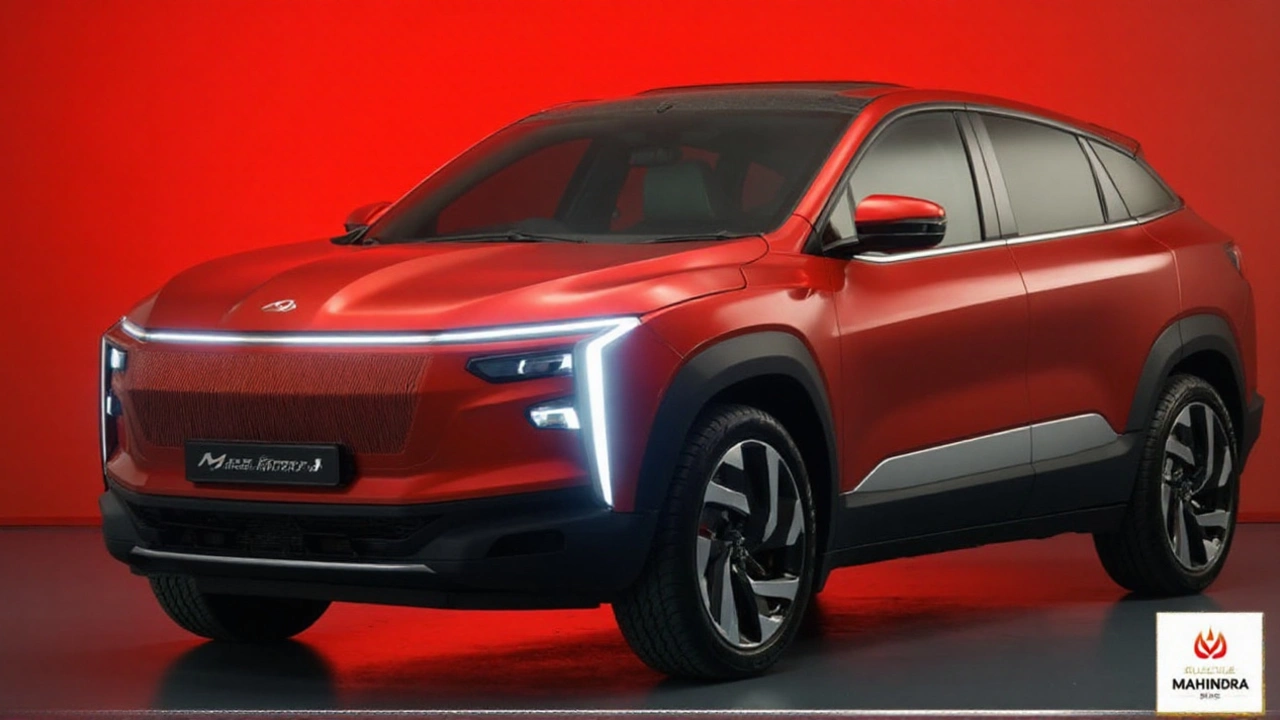Electric SUV: Everything You Need to Know
Thinking about swapping your regular SUV for an electric one? You’re not alone. More Indian drivers are eyeing electric SUVs because they blend space, power and a greener footprint. This guide breaks down the basics, shows you the hottest models on Indian roads, and gives practical tips on charging, cost and upkeep.
Why Choose an Electric SUV?
First off, electric SUVs deliver instant torque, meaning they feel peppy right off the line. That smooth, quiet acceleration is a pleasant change from the rumble of a diesel engine. They also cut fuel expenses dramatically – one full charge often costs a fraction of a full tank. In cities where traffic jams are routine, the regenerative braking on most electric SUVs can even recharge the battery a bit while you’re stuck.
Beyond cost, many Indian states now offer incentives like reduced road tax, waiver of registration fees and subsidised charging stations. Those perks can shave off a sizable chunk of the purchase price.
Top Electric SUVs in India (2024)
Here are the models that are making headlines:
- Tata Nexon EV Max – Offers a range of about 350 km, a decent price tag and a solid build.
- Mahindra eXUV300 – Compact, family‑friendly and backed by Mahindra’s extensive service network.
- BYD Song Plus EV – Comes with a 500 km range claim and a premium interior.
- Hyundai Kona Electric – Known for its refined ride and fast‑charging capability (80% in 45 minutes).
- MG ZS EV – A bit larger, with a 450 km range and a tech‑heavy cabin.
All these models support AC fast charging, so you can top up at a public station in under an hour. Home charging is also simple – a standard 7 kW wall box can fill the battery overnight.
When you compare, look beyond the badge price. Factor in the cost of the charger, any government subsidies you qualify for, and the expected electricity rate in your area. A quick spreadsheet can reveal the true total cost of ownership over five years.
Now, let’s talk buying strategy. If you’re a city dweller with a garage, a home‑installed charger is a game‑changer. It lets you start each day with a full battery without hunting for a public point. For those in apartments, check if your building has a shared charging facility or if the management allows a dedicated spot.
Don’t forget to check warranty terms – most manufacturers offer 8 years or 160,000 km on the battery. Some also provide free roadside assistance for electric vehicles, which can be handy if you’re traveling long distances.
Maintenance on an electric SUV is generally lower. There’s no oil change, fewer moving parts, and brake wear is reduced thanks to regenerative braking. Still, keep an eye on tire health and brake fluid, as those still need regular checks.
Finally, think about your driving habits. If most of your trips are under 150 km, a mid‑range SUV like the Tata Nexon EV Max will be more than enough. For frequent weekend getaways, consider a model with a 400‑plus km range to avoid range anxiety.
Electric SUVs are no longer niche; they’re becoming mainstream in India. By understanding the range, charging options, incentives and real‑world costs, you can choose a model that fits your lifestyle and budget. Happy driving!
Mahindra XEV 9e Pack 3 launched at Rs 30.50 lakh: range, features, rivals, delivery timeline
Mahindra has launched the XEV 9e Pack 3, its top-spec electric SUV variant, at Rs 30.50 lakh (ex-showroom). It packs a 79 kWh battery with a certified 656 km range, Level 2 ADAS with five radars, a Snapdragon 8295-powered cockpit, and a 16-speaker Harman Kardon system. Deliveries for some variants start in July 2025, with full rollout by August 2025.
